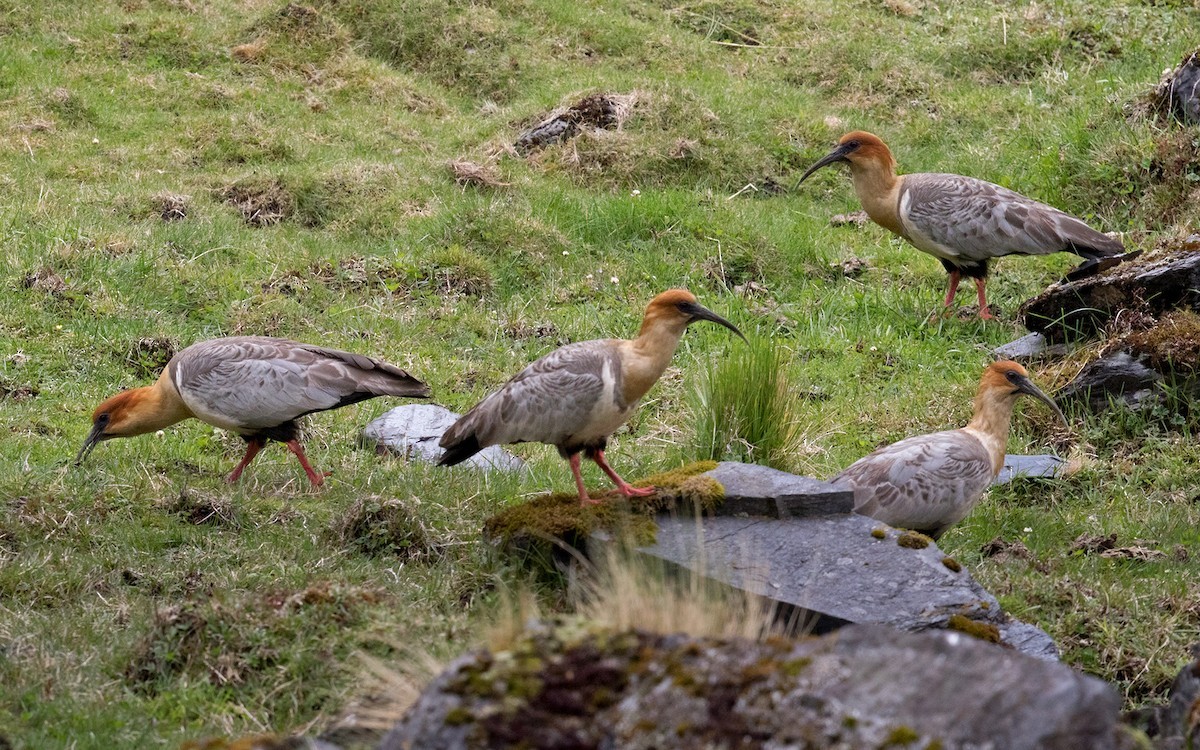Andean Ibis
A species of South American Grassland Ibises Scientific name : Theristicus branickii Genus : South American Grassland Ibises
Andean Ibis, A species of South American Grassland Ibises
Botanical name: Theristicus branickii
Genus: South American Grassland Ibises
Content
Description General Info
 Photo By Lars Petersson
Photo By Lars Petersson Description
It has a total length of approximately 75 centimetres (30 in). The head, neck and lower chest are buffish, the crown and nape are cinnamon, the upperparts and (often incomplete) chest-band are grey, the belly and flight feathers are black, and the wing-coverts are whitish (though not contrasting strongly with the grey upperparts). The bill, throat-wattle and bare skin around the eyes are blackish and the legs are red. The throat-wattle is smaller, the bill is shorter, the wing-coverts are greyer, the lower chest is paler and the cinnamon on the crown and nape is brighter and more extensive when compared to the black-faced ibis. 
Nest Placement
Ground
Feeding Habits
Andean Ibis's diet mainly consists of invertebrates. It exhibits specialized foraging behavior to find this food source, although precise details on its feeding techniques or preferences are not well-documented.
Habitat
The habitat of andean Ibis encompasses upland puna grasslands, characterized by tough, tussock-forming grasses suited to the cold and arid conditions typical of these high-altitude environments. These regions, rich in biodiversity, provide the necessary resources for andean Ibis to thrive, including open areas for foraging, and a landscape that supports its nesting and breeding activities.
Dite type
Herbivorous
General Info
Feeding Habits
Bird food type
Distribution Area
The Andean ibis is restricted to altitudes of 3,000 to 5,000 metres (9,800 to 16,400 ft) in the Andean highlands of Bolivia, Peru and Ecuador. It is generally uncommon, and formerly also occurred in Lauca in far northern Chile. 

 Photo By Lars Petersson
Photo By Lars Petersson Scientific Classification
Phylum
Chordates Class
Birds Order
Pelicans and Relatives Family
Ibises and spoonbills Species
Andean Ibis